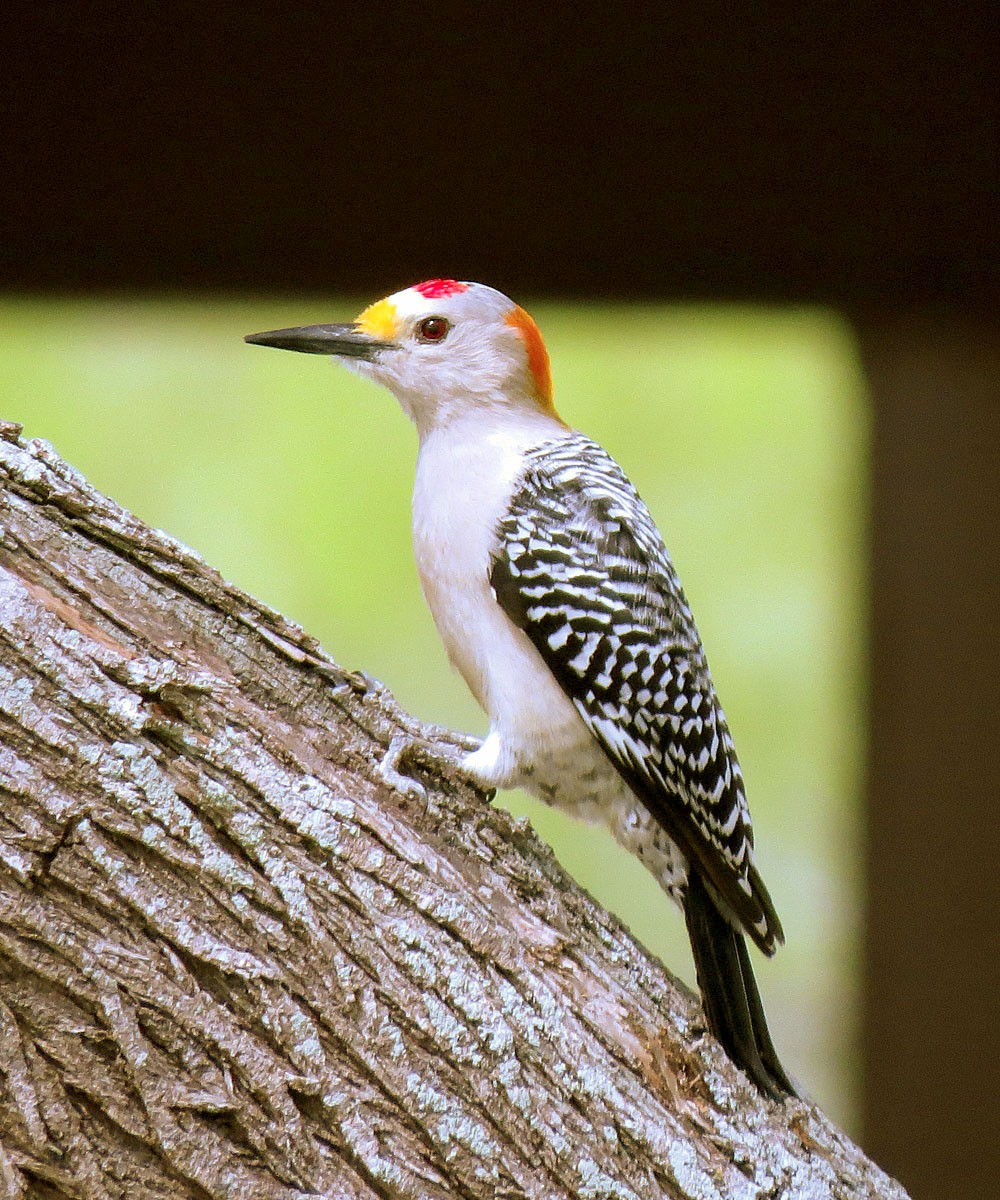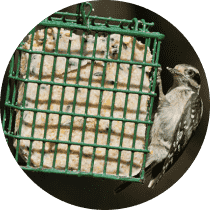Golden-fronted Woodpecker
A species of Melanerpine Woodpeckers Scientific name : Melanerpes aurifrons Genus : Melanerpine Woodpeckers
Golden-fronted Woodpecker, A species of Melanerpine Woodpeckers
Botanical name: Melanerpes aurifrons
Genus: Melanerpine Woodpeckers
Content
Description General Info
 Photo By Don Faulkner , used under CC-BY-SA-2.0 /Cropped and compressed from original
Photo By Don Faulkner , used under CC-BY-SA-2.0 /Cropped and compressed from original Description
The golden-fronted woodpecker (Melanerpes aurifrons) is a North American woodpecker. Its preferred habitat is mesquite, riparian woodlands, and tropical rainforest. It is distributed from Texas and Oklahoma in the United States through Mexico to Honduras and northern Nicaragua. Cooke listed this species as an abundant resident of the lower Rio Grande Valley, Texas, in 1884. 
Size
22-25 cm (8.5-10 in)
Colors
Black
Yellow
Red
White
Orange
Life Expectancy
5 years
Nest Placement
Cavity
Clutch Size
4 - 7 eggs
Incubation Period
1 - 2 broods
Number of Broods
12 - 14 days
Nestling Period
30 - 32 days
Feeding Habits
Golden-fronted Woodpecker are omnivores, consuming a diet of insects—like ants, beetles, grasshoppers, and spiders—and various fruits and nuts. They frequently forage on limbs and trunks below 20 feet and on the ground, employing methods such as gleaning, pecking, and probing, but seldom excavation. They also feed at backyard feeders on items like pecans, peanuts, and seeds.
Habitat
Golden-fronted Woodpecker are typically found in dry, semi-open habitats such as woodlands, brushlands, and riparian forests. These birds prefer areas with a mix of mesquite, oak, juniper, and cottonwoods that provide ample foraging opportunities. They thrive at various altitudes, from lowlands to foothills, and can adapt to urban and suburban parks. The vegetation in their habitat often includes pecan, soapberry, willow, hackberry, persimmon, agarita, prickly pear, and tasajillo, indicative of the bird's adaptability to diverse plant life supporting its ecological needs.
Nest Behavior
Golden-fronted Woodpecker work together to excavate their cavity nests before laying eggs. The pair takes turns incubating the eggs and caring for the young, reflecting strong parental cooperation.
Nest Characteristics
Nest cavities are excavated by both sexes of golden-fronted Woodpecker in trees like mesquite and oak or occasionally in utility poles, 6–20 feet above the ground. The average cavity is 12.5 inches deep with a 2-inch entrance, lined with wood chips.
Dite type
Insectivorous
General Info
Feeding Habits
Bird food type
Bird Feeder Type

Platform

Suet Cage
Sounds
Call
Recording location: Mexico
Call
Recording location: Mexico
Behavior
Golden-fronted Woodpecker exhibit monogamous relationships, forming long-term pairs for breeding. Their daily activities start in the early morning, commencing with impressive courtship displays to strengthen pair bonds, including synchronized movements and drumming that also play a part in territorial defense. Throughout the day, they engage in foraging for insects and fruit, and maintaining their territory by chasing intruders, a behavior distinctive to both sexes. They exhibit specialized behaviors like ritualized tapping at nest sites, underlining their interaction with the habitat. Post-nesting season, they display a less territorial lifestyle, occasionally being ousted by Red-headed Woodpeckers in winter.
Species Status
Not globally threatened.
Scientific Classification
Phylum
Chordates Class
Birds Family
Woodpeckers Genus
Melanerpine Woodpeckers Species
Golden-fronted Woodpecker